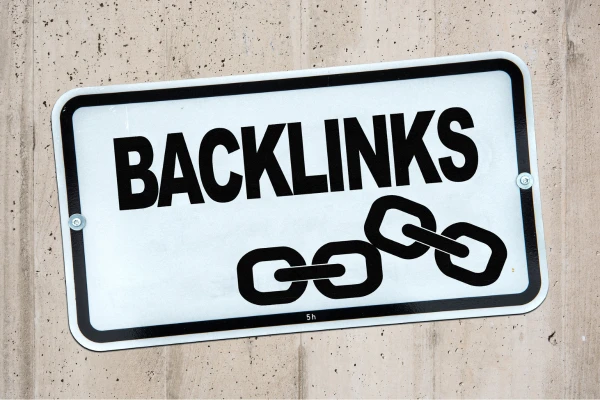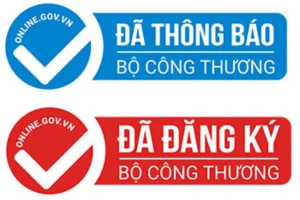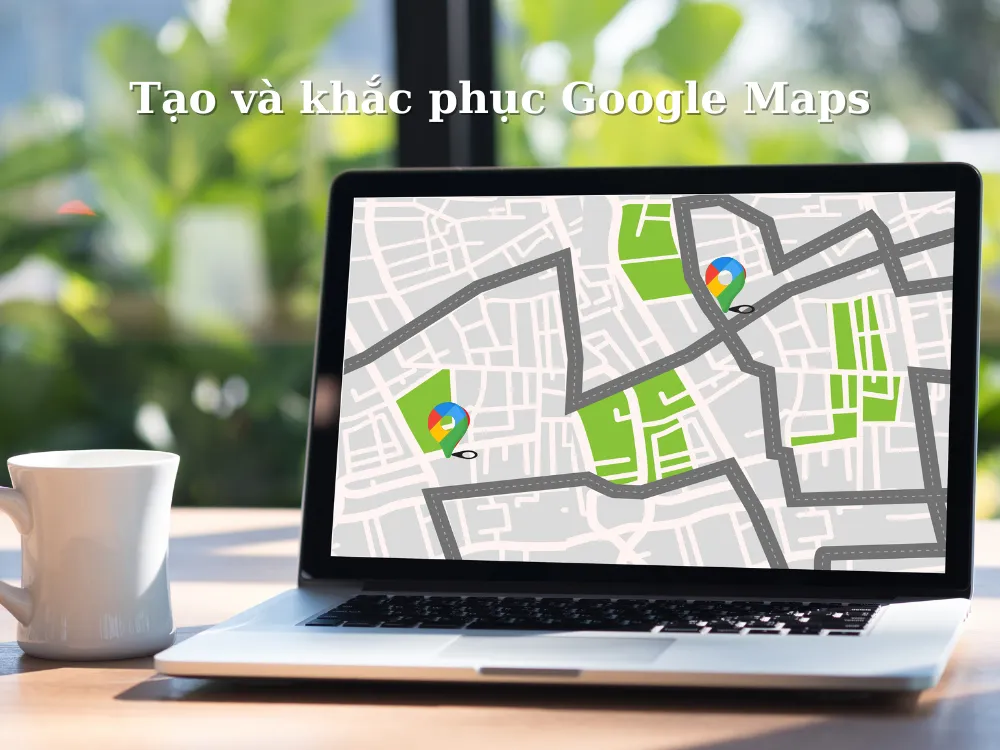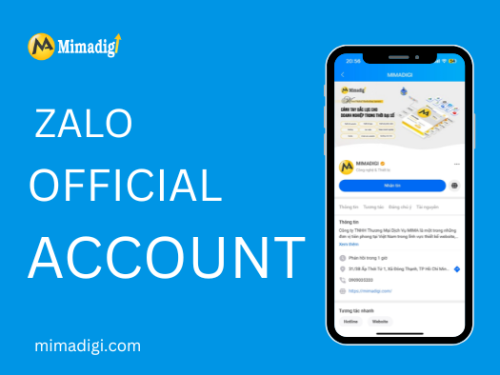In the digital age, content hubs have become an indispensable part of a business's long-term SEO and marketing strategy. Not only does it support keyword ranking improvements, but a content hub also enhances user experience, builds a professional image, and increases conversions.
So what is a content hub? How do you build one professionally? Let's explore the details from A to Z with MIMA TRADING SERVICE COMPANY LIMITED!

What is a Content Hub?
A content hub is a central page that aggregates and tightly links content related to a specific topic.
It typically includes:
✅ Main page (hub page) – an overview, explaining the topic and linking to sub-pages.
✅ Satellite content (cluster content) – delving into specific aspects of the main topic, linking back to the hub page.
Real-world example:
👉 Hub page: “Comprehensive SEO Guide”
👉 Cluster content: “Understanding Onpage SEO”, “What is Offpage SEO?”, “How to optimize technical SEO”…
Why Do Businesses Need to Build a Content Hub?
Building a content hub provides many outstanding benefits:
🎯Sustainable SEO Ranking Increase: Due to tight internal linking, Google easily recognizes the topic and content hierarchy. This helps cluster and hub pages support each other in increasing keyword rankings.
🎯Strengthen Credibility – Expert in the Field: When a business has a well-structured hub, your website becomes a reliable source of information. Customers feel more secure and confident when learning about products and services.
🎯 Improve User Experience: Content is arranged scientifically, readers can easily find the information they need, and stay longer on the website.
🎯 Increase Conversion Opportunities: Thanks to reasonable navigation, users can easily move between related articles & services – increasing the likelihood of closing orders or leaving information.

7-Step Process to Build an Effective Content Hub
🔎 Step 1: Determine the Central Topic (Pillar Topic)
Choose a core topic with high search volume, directly related to the company's products/services.
For example:
- SEO company – Pillar: “Comprehensive SEO”
- Furniture company – Pillar: “Apartment Interior Design”
- MIMA Company – Pillar: “Content marketing strategy”
- The central topic must be large enough to be broken down into many aspects (clusters).
🔎 Step 2: Keyword Research – Identify Cluster Content
Use keyword research tools (Google Keyword Planner, Ahrefs, SEMrush…) to:
✅ Identify the main & secondary keywords related to the pillar topic.
✅ Understand the user's search intent (informational, commercial…).
From there, build a list of cluster content – covering all aspects of the main topic.
🔎 Step 3: Create a Content Map – Topic Cluster Map
Draw a hub & cluster map to get an overview:
- Center: Pillar page
- Branches around: Cluster content
- The map helps avoid duplicate content and identify reasonable internal links.
🔎 Step 4: Build a Pillar Page – Central Page
The central page must:
✅ Comprehensively introduce the main topic
✅ Have navigation menus to cluster content
✅ Be written according to SEO standards: main keywords, H1, H2, H3, meta description, images, clear CTA.
🔎 Step 5: Write Cluster Content – Dive Deep into Each Aspect
Each cluster content focuses on 1 sub-topic:
👉 Example: Pillar “Comprehensive SEO” – cluster “How to Optimize Onpage SEO”.
Cluster content needs to:
✅ Answer user questions in detail
✅ Link to the hub page & vice versa
✅ Standard SEO format – keywords, heading tags, image alt, internal links.
🔎 Step 6: Internal Linking
- Cluster content must link to the pillar page.
- The pillar page should link to all relevant clusters.
- Helps Google understand the website structure and increase overall SEO power.
🔎 Step 7: Measure, Adjust & Update
Use:
✅ Google Analytics: measure traffic, time on page, bounce rate.
✅ Google Search Console: track keywords, CTR, impressions.
✅ Conversion analysis: registration forms, hotline numbers, orders.
Update pillar & cluster according to new trends, ensuring the hub is always fresh & attractive.

Complete Content Hub Structure Template
Example for Pillar Topic: “Building a content hub”
1️⃣ Pillar page: “How to build an effective content hub”
2️⃣ Cluster content:
- Benefits of a content hub
- Popular content hub models
- Tools to support building a content hub
- Successful case studies
- How to optimize internal links in a content hub
- Content hub vs. regular blog
- Integrating a content hub with social media
- Mistakes when building a content hub
- Each cluster will have an in-depth article (1000–1500 words), closely linked to the pillar page.
Tips for Building a Successful Content Hub
🔹 Focus on reader value: Answer all their questions accurately – fully – deeply.
🔹 Update periodically: Pillar page and cluster should be refreshed at least every 6 months.
🔹 Diversify formats: Combine articles, videos, infographics, podcasts to enhance the experience.
🔹 Reasonable CTA: Don't forget to call for action (form, hotline, demo) to increase conversion.
🔹 Distribute effectively: After publishing the hub, share it on social media, email, communities.

Case Study: Businesses Successfully Applying Content Hubs
💡 A partner of MIMA:
- After implementing a content hub, traffic increased by more than 80% in 4 months.
- The Pillar page ranked in the top 3 of Google for the main keyword.
- Cluster content accounted for an additional 10–20% of related long-tail keywords.
- The conversion rate from blog to consultation form increased by more than 20%.
- This is clear evidence of the outstanding effectiveness of a well-structured & optimized content hub.
Content Hub Building Service At MIMA
Do you need a standard SEO – creative – effective content hub?
👉 MIMA provides a full-package content hub building service:
✅ Keyword & audience research
✅ Building pillar page & cluster content
✅ Writing SEO-standard – attractive – engaging content
✅ Optimizing internal links, UX – UI
✅ Periodic measurement & adjustment
💡 Especially: MIMA always accompanies and listens to the specific needs of each business to come up with the most practical, economical, and optimized implementation plan.

MIMA Contact Information
🌟 MIMA TRADING SERVICE COMPANY LIMITED
🏢 Address: Hoc Mon, Ho Chi Minh City
📞 Hotline/Zalo: 0909 035 333
📧 Email: info@mimadigi.com
🌐 Website: https://mimadigi.com
🧾 Tax code: 0318672839
✅ A content hub is the key to building a solid content foundation and successful overall SEO.
✅ With a well-structured construction plan, you will not only conquer Google but also grow your pool of potential customers.
👉 Don't let content be just “decoration” – turn it into a “selling weapon” with a standard content hub!
🎯 Contact MIMA TRADING SERVICE COMPANY LIMITED now for consulting & professional content hub implementation for your website!


























Share your review